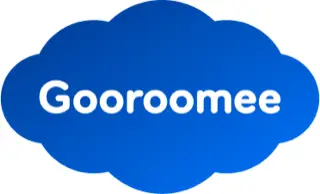Building the web developer's catalog of web platform features
By Daniel Beck
Transcript
`web-features` aims to identify what web developers get and what they want from the web platform, in terms that speak to their needs and interests.
Hi, I’m Daniel Beck.
I’m a member of the WebDX community group and a contributor to `web-features`.
In this demo video, you’re going to learn about a set of problems that web developers face and how the WebDX Community Group is working to fix them.
Today, if you’re a web implementer, you enjoy lots of ways to understand platform features like specifications, browser status pages, issue trackers, version control, and more.
But developers have a very different view of the platform.
Specifications —and implementation of those specifications— is broken into pieces, sometimes in surprising ways.
A single browser’s implementation — while exciting and interesting — can’t guide day-to-day development decisions.
And even if you could keep up with each browser’s development, popular notions of a feature are fragmentary: implementers, documentation, and industry publications differ on categorization, naming, scope, and acceptance.
What if we had a catalog of platform features organized in ways that web developers recognize that cross-references existing resources like docs, support data, tests, and more? `web-features` aims to do just that.
It’s a growing catalog of web platform features, organized around the way developers see the web. `web-features` complements existing resources by cross-referencing materials including: Specs and support data, such as Can I use…? and @mdn/browser-compat-data.
The `web-features` catalog can also be used to synthesize new platform-wide data, such as Baseline status, which reflects the availability of features in the platform at-large.
We also expect a shared feature taxonomy to feed back into creating and organizing information for developer audiences.
We’re already working with MDN, Can I Use…?, and Open Web Docs to explore the ways we can use this data especially where features cross domains like CSS, HTML, APIs, and JavaScript.
This project is young and there’s a lot to do, such as: Growing the catalog of web features Making sure our feature descriptions line up with developer expectations, both now and in the future And exploring opportunities to link web developers with the feature design and implementation process If you’d like to learn more about web-features, you can review a pull request or comment on an issue on GitHub or join the WebDX community group.
I hope you’ll join us.





